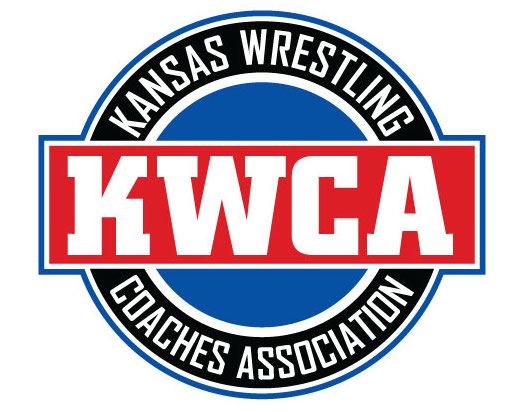I did not write it. Just reading what is going on with the economy.
Audit outlines K-12 consolidation
BY TIM CARPENTER AND BARBARA HOLLINGSWORTH
Created February 8, 2010 at 2:00pm
Updated February 9, 2010 at 1:29am
A Kansas state audit released Monday outlined options for consolidating K-12 public schools in response to assertions by legislators who believe money could be saved by streamlining the education system.
The report to a joint House-Senate committee is certain to create controversy among educators and in communities desperate to keep schools open despite dwindling enrollments.
"There are an infinite number of ways school districts can consolidate," said Dan Bryan, of the Legislative Division of Post Audit.
Auditors presented two scenarios for merging districts based on hypothetical standards of enrollment and geography that would undergo rigorous debate by lawmakers before placed into law.
Under scenario No. 1, districts would be merged if not offering all 12 grades and had at least 400 students or served an area of no more than 200 miles. Thirty-two Kansas districts failed to meet that criteria, but logical mergers with neighboring districts would reduce the statewide number from 293 to 266.
The potential cost savings would be about $18 million and would result in closure of 50 school buildings and reduction of 230 teachers and administrators.
Under the second scenario, the auditors examined what would result from attempts to consolidate any school district with less than 1,600 students. In all, the state has 239 districts below that benchmark. Implementation of this scheme would reduce the number of districts to 152.
The savings would be $138 million and would trigger closure of 304 schools and elimination of 1,532 teaching and administrative jobs.
Rep. Ann Mah, D-Topeka, questioned if more needs to be done to encourage the smallest districts to consolidate. Rather than just offering incentives, she said, some might need to face losing the extra funding they receive as low-enrollment districts. She said she understands the challenges in consolidating, but said students can suffer when schools have to drop programs because of low enrollment.
"They're holding onto their communities and they're holding onto their history and in a lot of cases the kids' education is suffering as a result," she said.
Work of the audit committee isn't binding on the Legislature, but the research is often used to shape reform legislation.
Auditors recommended the Legislature consider encouraging voluntary consolidation by limiting or eliminating a statute allowing districts to enter into contracts with other districts to share entire grades.
For example, the Montezuma and Copeland school districts have had a cooperative agreement since 1992. Montezuma runs the high school, Copeland operates the middle school and both districts have an elementary school. Although they have operationally merged into a larger district, they receive an extra $432,000 each year, or $1,300 per student, in special low-enrollment funding from the state. The districts would lose that money upon merger.
Auditors also recommended the Legislature consider options for strengthening incentives for districts to voluntarily consolidate. Potential incentives could include temporary reduction in mandatory property tax mill levies and offers of extra state funding to build or modify school buildings to accommodate mergers.
On that point, two consolidations are on the agenda of the next meeting of the Kansas Board of Education. The Lorraine and Claflin districts and the Pawnee Heights and Hanston districts are requesting permission from the state board to put merger proposals to a public vote. These consolidations would take place July 1, if voters agree.
These districts, under current law, could benefit financially from a merger. They would be allowed to keep the current level of state aid for several years, a relief to each at a time when the state is slashing appropriations.
Declining enrollment is the second factor pushing schools to consolidate, said Mark Tallman, a lobbyist for the Kansas Association of School Boards.
"It's really a combination of the two," he said.
After leading two Doniphan County school districts through consolidation, Rex Bollinger said it is an emotional process. The Doniphan West Unified School District 111 superintendent said it isn't a decision that should be made from Topeka.







